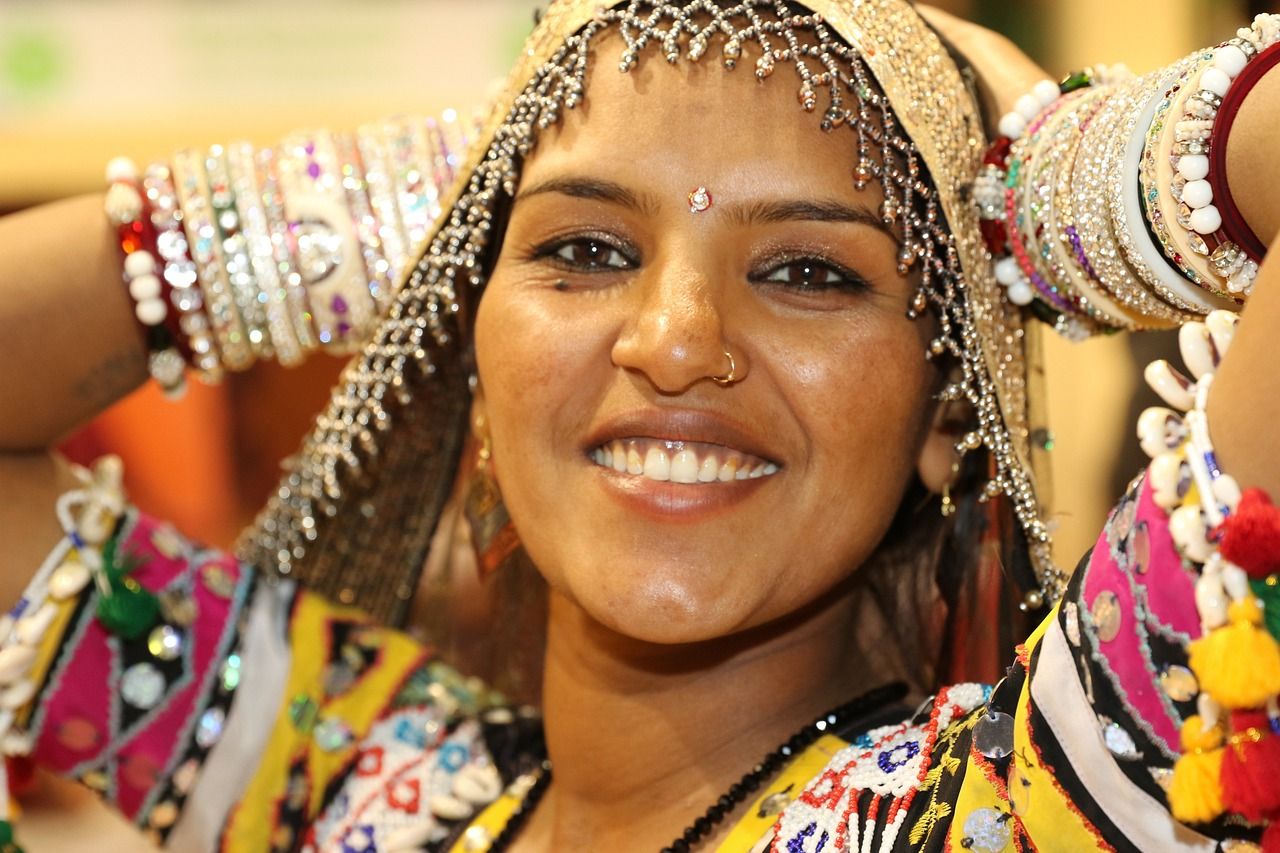The Four Temperaments

The four temperaments form an integral part of Unani Tibb's foundation, representing distinct personality types, each associated with a specific element: Air, Fire, Water, or Earth. Good Health is the maintenance of one's innate temperament therefore understanding one's temperament becomes a crucial aspect of the healing journey. Understanding temperaments enhances self-awareness and aids individuals to have greater control over their well-being.
To accurately ascertain a person's temperament, several factors are taken into consideration, primarily personality traits. This includes communication style, social preferences, activities, and lifestyle habits such as sleep and eating patterns. Additionally, physiology and anatomy play a crucial role in defining their temperament.
In Unani Tibb, variations in bodily systems' functioning are attributed to the different temperaments. Temperament is considered a proportioned mixture of The Elements, each possessing unique energies. For instance, Earth gravitates things towards itself, while Air uplifts things around it. As a result, individuals with faster metabolisms are said to possess more fire, making Cholerics generally associated with greater digestive strength.
So, what are these four temperaments?

The Sanguine
- Associated Element: Air
- Qualities: Hot & Moist
- Characteristics: Energetic, optimistic, sociable, talkative, creative, and lively.
- Imbalance: Excessive sanguine temperament can lead to issues like excessive enthusiasm, impatience, and restlessness.
The sanguine temperament is reminiscent of childhood, not because sanguine individuals are necessarily childish, but rather due to their free-spirited nature. Energetically Hot & Moist, sanguines shine as the most vibrant and lively among the four temperaments. With a perfect blend of warmth and fluidity coursing through their system, they embody the essence of both relaxation and ceaseless movement. Their association with the element of Air likens them to the winds, making them remarkably adaptable when it comes to mood, emotions, and ideas. As visionaries, they possess a fluidity of mind that fosters spontaneity and an insatiable drive for exploration and novelty.
In harmony with Spring, sanguines bloom like fresh flowers, embracing change and growth. Physically, they are robust individuals, boasting reddish cheeks and a muscular build that exudes vitality.

The Choleric
- Associated Element: Fire
- Qualities: Hot & Dry
- Characteristics: Ambitious, strong-willed, determined, confident, and competitive.
- Imbalance: Excessive choleric temperament can lead to aggression, irritability, and impatience.
The Choleric types are closely associated with the element of Fire, embodying a nature that is both Hot & Dry. Much like the sanguine temperament, the fervent energy within them drives them to action. Cholerics are recognized for their relentless determination, possessing a keen intellect that empowers them to strategize and execute effectively. Just like fire's intensity, they can easily become excited, boasting the highest degree of heat among all the temperaments. Consequently, they display remarkable quick-wittedness, tempered with occasional moments of short-lived intensity.
Moreover, Cholerics are fueled by an abundance of love and passion, which ignites their inner fire even further. Adulthood marks the 'choleric time' in one's life—a season akin to summer in a year and the late morning/afternoon in their day. This temperament is intimately linked with productivity and embodies a sense of masculine energy.

The Melancholics
- Associated Element: Earth
- Qualities: Cold & Dry
- Characteristics: Thoughtful, analytical, introverted, reserved, and principled.
- Imbalance: Excessive melancholic temperament can lead to feelings of sadness, pessimism, and isolation
This temperament is associated with feminine energy, being Cold and Dry. Like the Earth Element that it corresponds to, it is grounded. People of the Melancholic temperament tends to be the rock on which other lay, the shade under which people sit, and the path which others follow. They are accosted with the Middle Ages years and so are noticeably slower (i.e. less urgent) than the sanguines and choleric. Melancholics are principles people, often holding their values over their feelings and emotions. Melacnchoics the 'opposite' of the sanguines' temperament are considered more serious and structured (due to their coldness and dryness).

The Phlegmatic
- Associated Element: Water
- Qualities: Cold & Moist
- Characteristics: Calm, patient, diplomatic, empathetic, and steady.
- Imbalance: Excessive phlegmatic temperament can lead to inertia, sluggishness, and resistance to change.
Phlegmatics are characterized by being Moist & Cold in their energetic makeup, marked by their serene and composed nature. Individuals with a phlegmatic disposition are calm, even-tempered, and rarely succumb to extremes of emotion. Think of the water in the Earth, the majority of it is still. However, it, like the wind is constantly moving and changing. It becomes the perfect metaphor for the phlegmatics, as people who are calm, and adaptable but also individuals that carry more emotions than one may initially suspect.
Like water's ability to quickly settle, phlegmatics have the innate nature to return to harmony and this is reflected in their dealing with people and external conflicts. This is contrary to the typical choleric who tends to be unafraid, unabashed, and even thrive in conflict.
In summary, the phlegmatic temperament is characterized by its peaceful, steady, and adaptable nature, often acting as a calming force amidst life's fluctuations.

Differences among the same temperament?
Individuals of the same temperament can display notable differences in various aspects of their lives. While they share common underlying characteristics associated with their temperament, individuality emerges from a complex interplay of factors like genetics, upbringing, culture, experiences, and personality traits. These influences shape their attitudes, values, communication styles, and emotional expressions. Despite belonging to the same temperament group, people may have distinct interests, goals, learning approaches, and adaptability levels. Personal experiences and upbringing contribute to diverse coping mechanisms and problem-solving techniques, leading to a range of behaviors even within the same temperament category.
Moreover, secondary personality traits further differentiate individuals with the same temperament. Factors like introversion or extraversion, assertiveness, and emotional openness contribute to the richness and diversity of their personalities. Recognizing and celebrating these individual differences not only enhances our understanding of human behavior but also fosters a greater appreciation for the unique qualities that each person brings to the world. Embracing the multifaceted nature of individuals with the same temperament enriches our interactions and promotes a more inclusive and compassionate society.
Is your temperament, temporary or permanent?
The common question usually asked is if these temperaments change or can change. The answer is simple. The different life stages are associated with the different elements.
- Childhood - Hot & Moist - Sanguine
- Adulthood - Hot & Dry - Choleric
- Middle Ages - Cold & Dry - Melancholic
- Old Age - Cold & Moist - Phlegmatic
So, what this means is that a person's personality will remain dominant throughout the lifespan however during the four different periods, a change will occur naturally choleric child will stay choleric in his old age, however, old age will affect a person - making them less choleric than they were in this childhood or adulthood, and more phlegmatic instead.
Another substantial factor is ethnicity on a person's temperament. As the World becomes ever more Globalised, the differences between cultures, ethnicities, and races become more and more blurred, or more accurately, mixed. Nonetheless, understanding one's heritage still acts as a useful tool in understanding oneself. Certain ethnicities are more firey, while some are more water-like. Thus we say that the ethnicities themselves have a temperament. A choleric from England compared to a choleric from Punjab with have major differences - the ones from Punjab being hotter and drier as the ethnicity of their people is hot & dry. The English are said to be more cold and moist, i.e. phlegmatic. These differences stem from the geography of the region.
With that had been said, it is likely to attract more and more interest as we humans are very much keen on understanding ourselves more. The merit of this systemic approach to holistic healing is that it allows patients to understand themselves better and eventually become physicians over their bodies. Understanding your temperament is the being of this. Once we do, understanding the cycle of life and how we shapeshift whilst still being ourselves allows for a dance to ascend and ease the ride.





